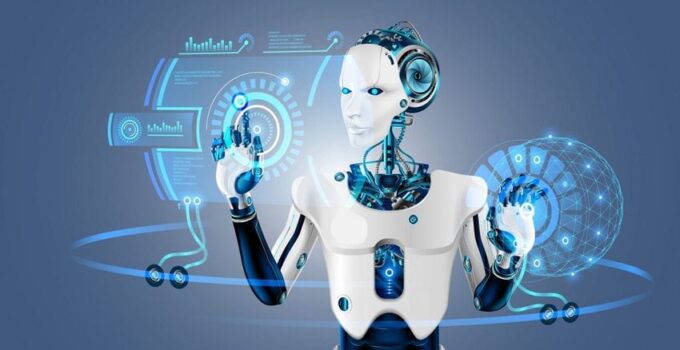Innovation and advancement in technology have led to the development of numerous groundbreaking inventions and discoveries over the years. All of them have made our lives more convenient, functional, and easier.
From medical equipment, cars to the internet and smartphones, there is no doubt that people’s lifestyles have become indefinitely better. Moreover, with the development of robotics and the integration of automation into various processes, people and machines have been sharing the workload in a variety of industries.
Generally, many associate the word robot with a human-like piece of machinery such as the ones seen in sci-fi movies and although such machines do exist, in the industrial world they are defined as machines that increase productivity and assembly. There are several common types used across industries.
However, they are not only utilized for productivity purposes but can also help people stay safe by doing some or all the dangerous tasks that could lead to potential harm. These robots are growing in popularity, so here are some things to know about them and a few examples of just how extraordinary they are.
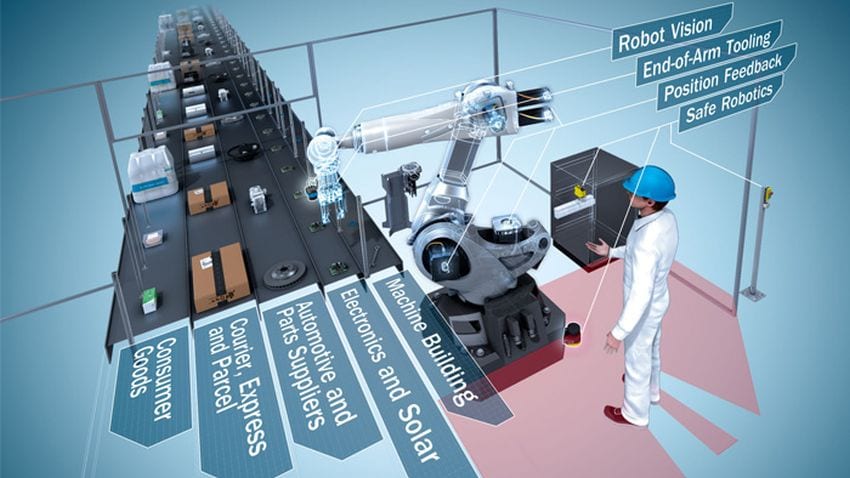
source:sick.com
Page Contents
The Most Commonly Used Types
Cartesian
They are simple to operate and are also highly customizable. Since they offer flexibility, high positional accuracy, and can handle heavy loads they are used in numerous industries for applications such as assembly, material handling, loading and unloading, and much more.
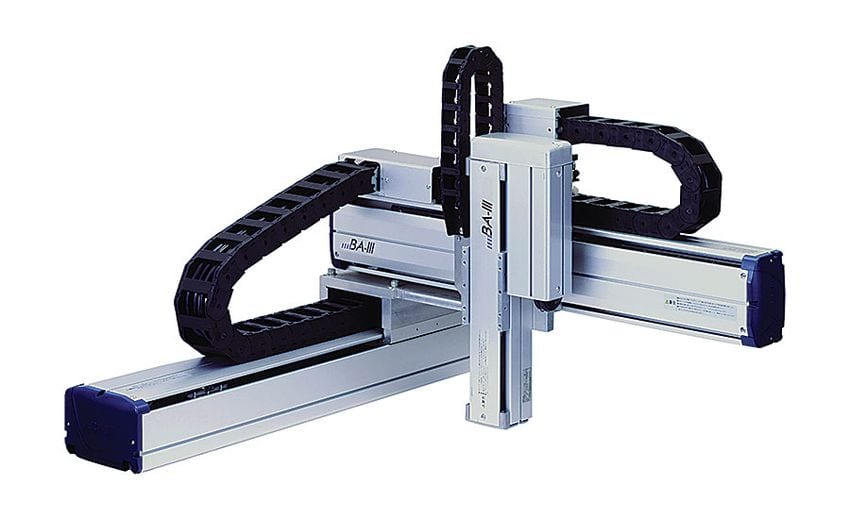
source:assemblymag.com
SCARA
Also known as the Selective Compliance Assembly Robot Arm, it has easier integration than the cartesian type. They operate at high speeds, have excellent repeatability, and are great for large workspaces. However, they do require a controller and are difficult to program offline. They can be used for packaging, machine loading, palletizing, in Biomed applications, and assembly.
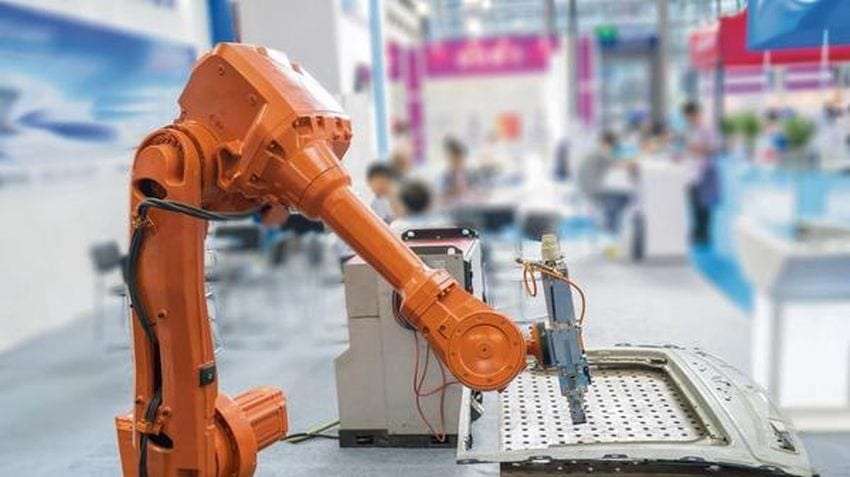
source:marketinsights24.com
Articulated
This is one of the most common types and it resembles a human arm that is connected to the base with a twisted joint. They offer high-speed operations and are easy to align with multiple planes. Also, they offer a lot of flexibility and envelope a huge workload while taking up the least floor space. The applications are vast from welding, glass and material handling, steel cutting to food packaging, machine tending, auto assembly, and many others.
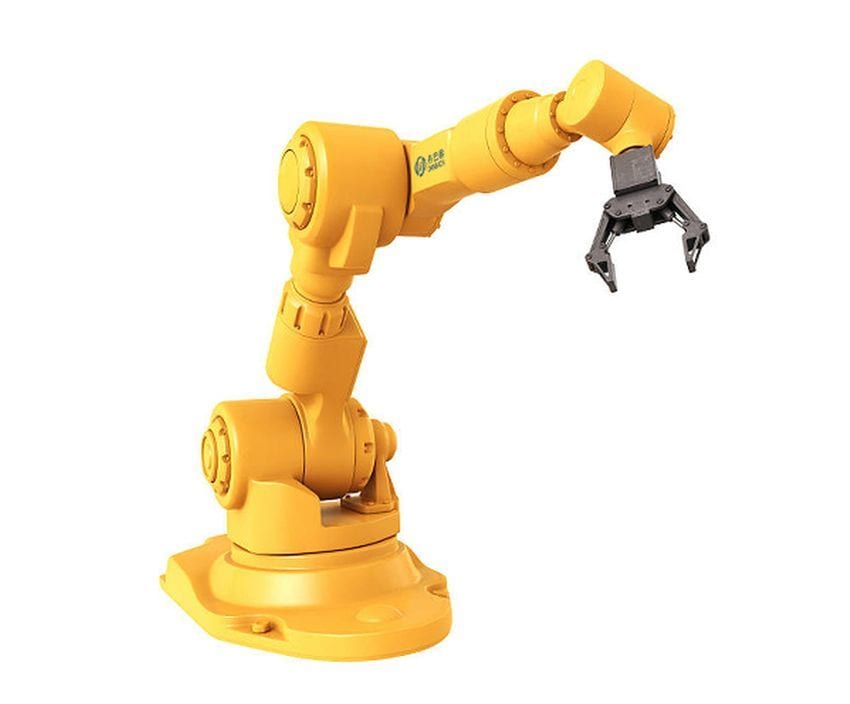
source:alibaba.com
Polar
Thanks to their twisting joints they can reach above and below obstacles and have an all-around reach too. They require less workspace but can take on large work volumes. They can be used in stacking and unstacking, injection molding, forging, welding, glass handling, and more.
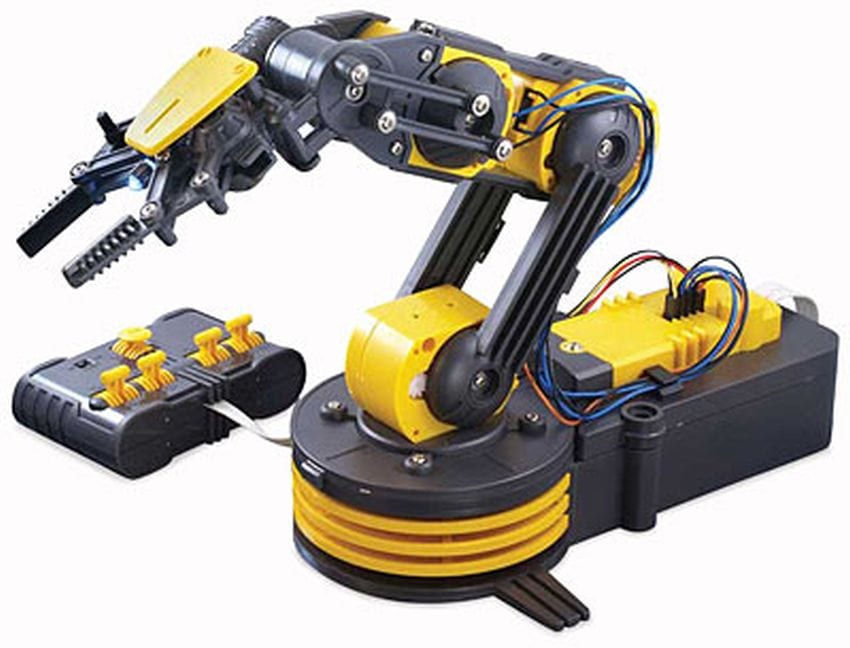
source:robomatics.blogspot.com
Delta
They operate at very high speeds with high operational accuracy but need a controller and are complicated to operate. Their applications include food, electronics, and pharmaceutical industries, flight and auto simulators, and optical fiber alignment.

source:wikiwand.com
Several Ways They Keep People Safe
Glass Lifting
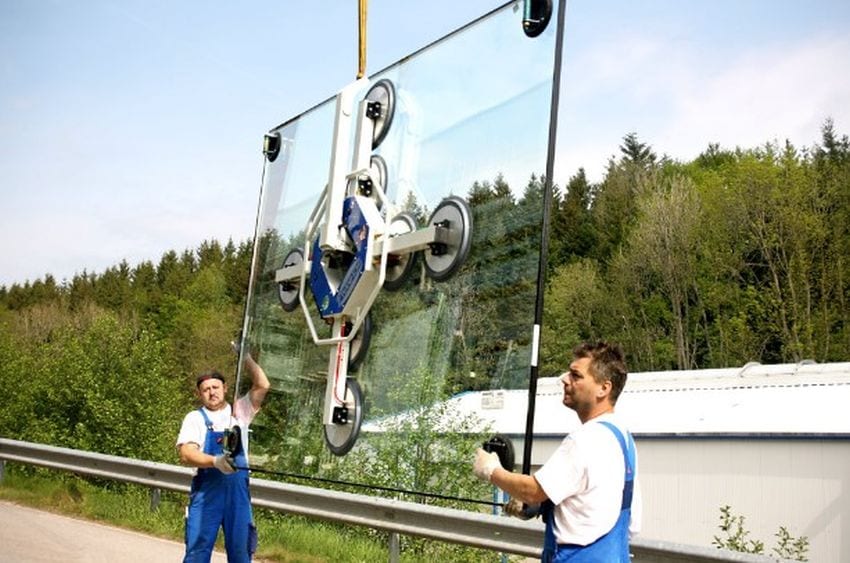
source:schmalz.com
They immensely help workers avoid accidents and injuries and this is perhaps the biggest benefit these machines have to offer. They can lift and carry large and extremely heavy glass parts and also hold them into place during installation, eliminating the need for workers to do this. These glazing automated machines help reduce accidents, improve overall safety, and have a few other benefits as well. There are several models to choose from, based on a variety of requirements. You can visit cpslift.com to learn more about them.
Welding
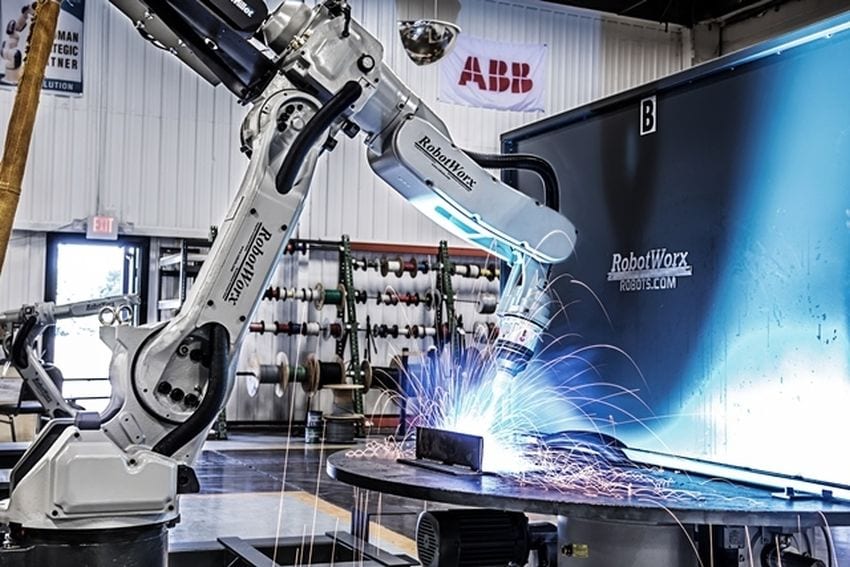
source:robots.com
Welding often poses danger to humans since they are exposed to toxic fumes, extreme heat, and noise. Using machines can keep welders safe from such risks but also help prevent hearing loss or burns that can happen in a split of a second to do worker’s loss of attention or concentration. The machinery used for this field of work is attentive, consistent, and their building material is resistant to extreme temperatures.
Duct Cleaning
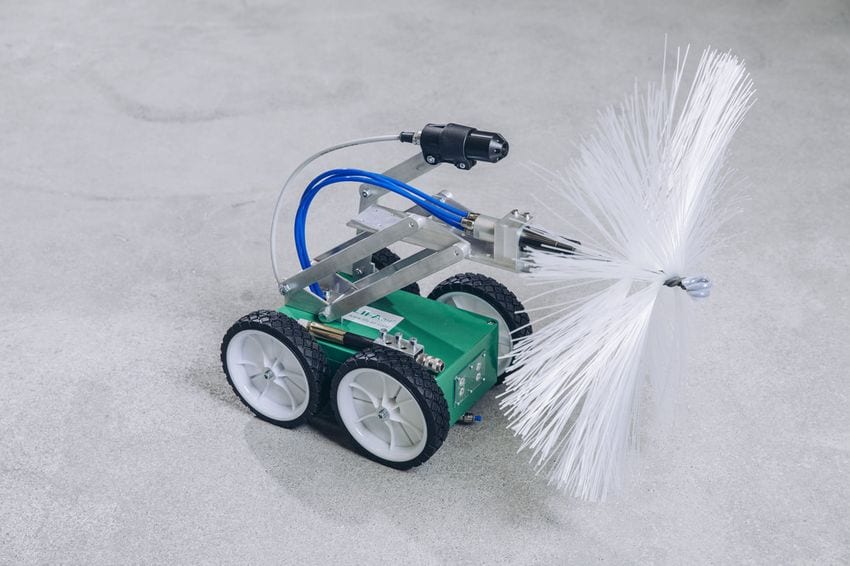
source:dogonews.com
The job exposes workers to harmful substances and dust mite enzymes. Utilizing automated machinery to do the job not only puts humans out of harm’s way but actually provides a more effective and efficient cleaning process. These machines can also fit into hazardous spots that are extremely tight and can be used in hospitals, government buildings, prisons, and any other contaminated environment. Besides being safer, they are also a faster and cheaper solution.
Stress Testing
The auto industry constantly tests the endurance of a variety of materials used in their vehicles. Having people conduct such tests can lead to a series of injuries such as repetitive strain or much worse. However, utilizing high-powered machines to do the job eliminates such risks. Robots can also complete other tough tasks that can be strenuous to workers or dangerous for their health such as painting and welding auto parts and much more.
Underwater Exploration
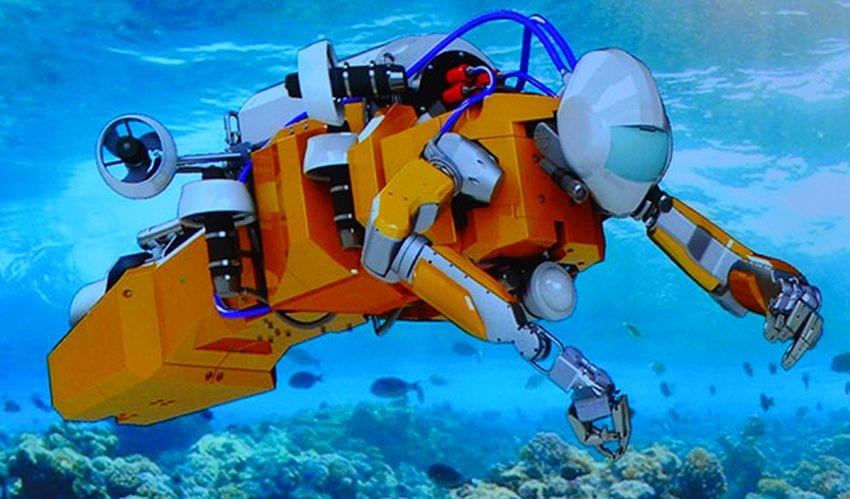
source:dogonews.com
As exciting and fun as deep ocean exploration can be, it is a tough and dangerous job to have. Besides lethal sea predators posing a threat, divers can suffer from pressure sickness and can be underwater for only a limited amount of time before having to swim back to the surface. Robots eliminate such risks and can also provide a much better look at the deep ocean marine life since they can go deeper than humanly possible but also stay underwater for much longer.
Investigation of Dangerous Environments
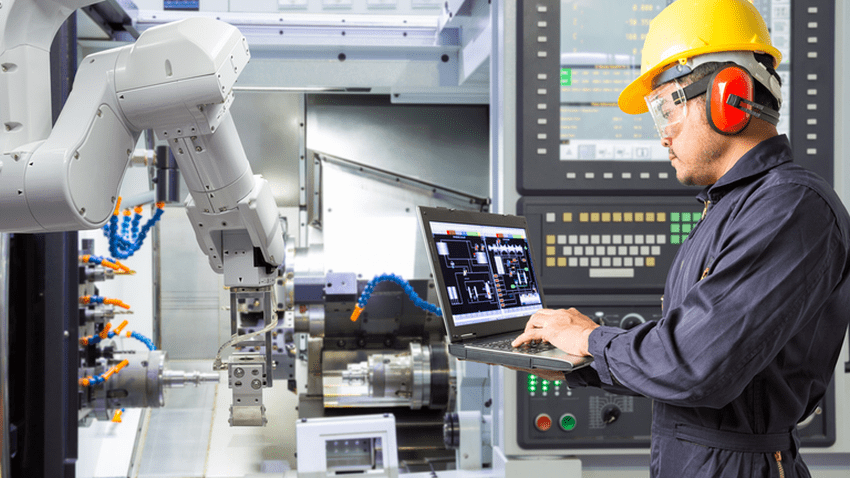
source:machinedesign.com
During a huge fire, it is dangerous for firefighters to venture into a burning building to search for possible victims being trapped in the flames. Machines are a much better alternative since they can be made from heat-resistant materials and can search for people without putting firefighters at risk.
Radioactive sludge needs to be eliminated but is often too dangerous for people to handle. Specialized robots can help clean nuclear sites while keeping everyone safe.
These machines can be designed to detect grenades, explosives, explore buildings for potential danger or threats, meaning that they can enter any hazardous environment instead of people, getting the job done without workers having to risk their lives and safety.
Conclusion
Across the globe, there are a lot of dangerous jobs that need to be done. And while people accept the risks and trust that safety training will be enough to keep them away from harm, accidents tend to happen, unfortunately.
However, thanks to technology, more specifically robotics, people can now rely on these machines to keep them safe. And as they continue to be more advanced and autonomous, there is no doubt that our dependence on them will only continue to grow in the future.

